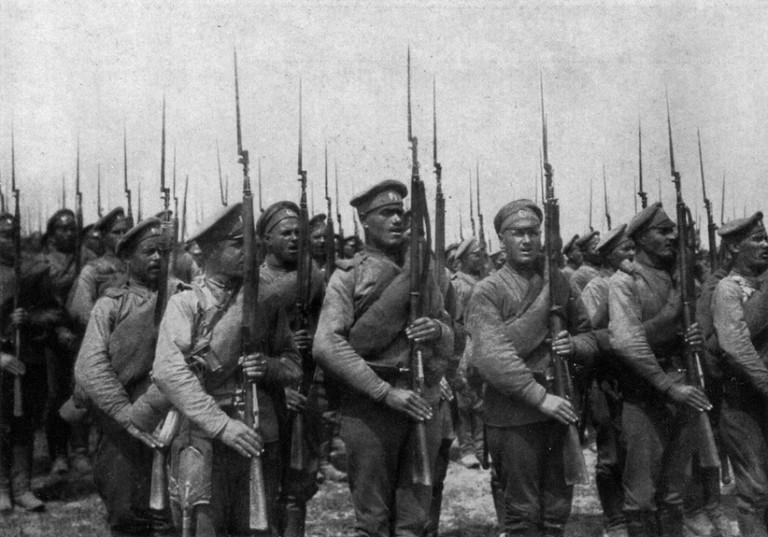1916 series: The final great offensive of the Czarist regime
The Brusilov offensive destroyed the Austro-Hungarian state as an independent military entity, but also left Russia discontented enough for revolution

Share
 The monumental scale of the bloodletting in Eastern Europe during the Second World War has always cast in the shade the fighting there during the Great War. Still, the English-speaking world, understandably focussed on the Western Front, is at least aware of the war in the East, if only because it gave birth to the Russian Revolution and the Soviet Union. In 1916: A Global History, his month-by-month account of the Great War’s hinge year—the point of no return to the status quo ante—Irish historian Keith Jeffrey chose June to highlight the Eastern Front. It was the month the one Russian general “whose common sense amounted to brilliance,” at least in comparison to his colleagues, launched the Czarist regime’s final great offensive.
The monumental scale of the bloodletting in Eastern Europe during the Second World War has always cast in the shade the fighting there during the Great War. Still, the English-speaking world, understandably focussed on the Western Front, is at least aware of the war in the East, if only because it gave birth to the Russian Revolution and the Soviet Union. In 1916: A Global History, his month-by-month account of the Great War’s hinge year—the point of no return to the status quo ante—Irish historian Keith Jeffrey chose June to highlight the Eastern Front. It was the month the one Russian general “whose common sense amounted to brilliance,” at least in comparison to his colleagues, launched the Czarist regime’s final great offensive.
Alexi Brusilov took over his command in April, spent two months in careful preparation, managed—a first for Russian forces—to keep his objectives secret and relied on the new techniques of air photo reconnaissance to show his troops where they were going. The June 4th offensive opened spectacularly well, with the Russians advancing 60 km in two weeks while destroying the Hapsburg forces before them. That forced their German allies to take control, an intervention that combined with the Russian lack of reserves to stabilize the front again by September, at a combined cost of over a million casualties.
Despite sounding like an everyday moment in the Great War slaughterhouse, the Brusilov offensive, which doesn’t even rate a “battle of…” designation, is hailed by several historians cited by Jeffrey as the decisive engagement of the war in the East. Its strategic and political effects were profound. The fighting destroyed the Austro-Hungarian state as an independent military entity; henceforth, the Hapsburgs were a wholly owned subsidiary of Imperial Germany. The Russians came out scarcely better, with their armies simultaneously unfit for combat with the Germans and more than discontented enough for revolution. Brusilov’s initial success also brought the Romanians into the war on the Allied side, a constant worry of the Central Powers to that point and the reason intermittent talk in Vienna and Berlin of a separate peace in the East—which might well have saved the Romanovs from Lenin—never completely faded away. But the rapid and unexpectedly complete collapse of Romanian forces did kill peace feelers. From the fall of 1916 on, Germany was all in on the Eastern Front, sensing the victory it eventually achieved there in early 1918.
And the last march of the Czars only accelerated the disintegration of civil society. The war in the West was static until the end: the trenches formed a 700-km scar running from Switzerland to the English Channel, but 10 km either side, life went on almost as before. In the East, though, fighting was far more mobile, and civilians suffered accordingly. By 1917, in the words of one historian, Russia “was a whole empire walking”—home to some six million displaced people.
Most of the battlefronts were in the colonized parts of the three warring empires, places where the local populations thought of themselves—even before the war—as under occupation. Far more than in France and western Germany, there would be no putting Humpty Dumpty together again, however imperfectly, when the fighting stopped. Today, a battlefield tourist can easily skip visiting Russia, Germany, Austria or Hungary: the sites lie mainly in Poland, Ukraine, Belarus, the Baltic nations and Romania.